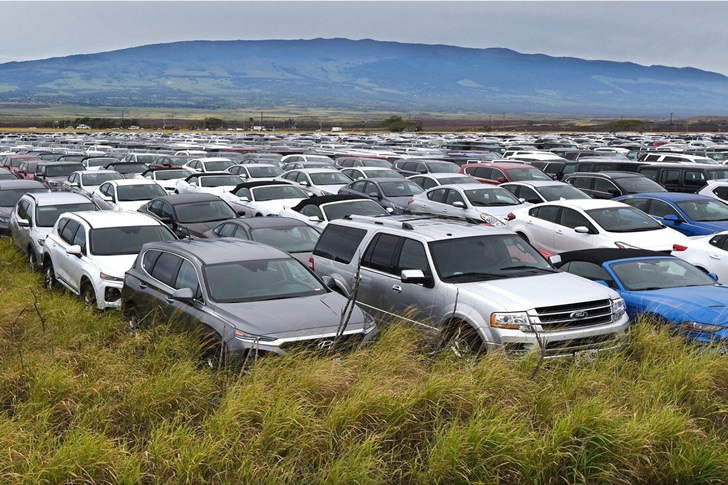In the dynamic world of automotive sales, unsold SUVs represent not just missed opportunities but also potential drains on resources and space. For dealers and manufacturers alike, developing strategic approaches to manage and reduce excess inventory is crucial. This guide outlines actionable strategies to effectively address unsold SUVs, ensuring they turn from idle assets into profitable ventures.
1. Analyze Market Trends and Adjust Inventory
- Deep Market Insight: Continuously monitor consumer preferences, economic indicators, and competitive offerings. This understanding enables proactive adjustments in inventory levels and marketing strategies to align with current demand.
- Inventory Optimization: Utilize data analytics to forecast demand more accurately and tailor your inventory to match market needs, minimizing the risk of surplus.
2. Targeted Marketing and Promotions
- Highlighting Unique Features: Create marketing campaigns that spotlight the advantages and unique features of the SUVs in stock. Whether it’s fuel efficiency, off-road capabilities, or advanced tech features, make these selling points known.
- Incentive Programs: Implement attractive incentive programs such as discounted pricing, special financing rates, or additional warranty coverage to entice buyers.
3. Explore Export Opportunities
- Global Demand Analysis: Identify international markets with high demand for SUVs. Factors like terrain, climate, and consumer preferences might create lucrative opportunities abroad.
- Export Partnerships: Establish partnerships with overseas dealers or distributors to facilitate the export process, ensuring compliance with local regulations and market preferences.
4. Forge Strategic Collaborations
- Local Business Partnerships: Seek partnerships with local businesses that could benefit from utilizing SUVs, such as adventure tour operators, construction companies, or utility services.
- Bulk Sales Opportunities: Offer advantageous terms for bulk purchases to corporate clients, rental fleets, or government entities, creating a win-win situation.
5. Provide Financing and Trade-In Options
- Flexible Financing Solutions: Offer creative financing options to make purchasing more accessible to potential buyers, including leasing options or balloon payments.
- Trade-In Promotions: Encourage trade-ins by offering above-market value for used vehicles, appealing to consumers looking to upgrade their current vehicles.
6. Enhance Online Presence and Digital Sales
- Virtual Showrooms: Invest in high-quality virtual tours and interactive online showrooms, allowing potential buyers to explore SUVs from the comfort of their homes.
- Digital Advertising: Utilize targeted digital advertising and social media campaigns to reach a broader audience, highlighting promotions and key features of the SUV inventory.
7. Customer Feedback and Continuous Improvement
- Engage with Customers: Collect feedback from customers about their preferences and concerns. This feedback is invaluable for adjusting sales strategies and improving future vehicle designs.
- Iterative Strategy Adjustment: Continuously refine sales and marketing strategies based on market response, customer feedback, and sales outcomes, adopting a flexible approach to inventory management.
Conclusion
Addressing the challenge of unsold SUVs requires a multifaceted strategy, combining market insight, targeted promotions, global outreach, strategic collaborations, and innovative sales channels. By adopting these approaches, dealers and manufacturers can transform unsold inventory into opportunities, enhancing sales performance and customer satisfaction in the competitive automotive market. Embracing adaptability and seeking innovative solutions are key to navigating the complexities of inventory management and achieving long-term success.
















